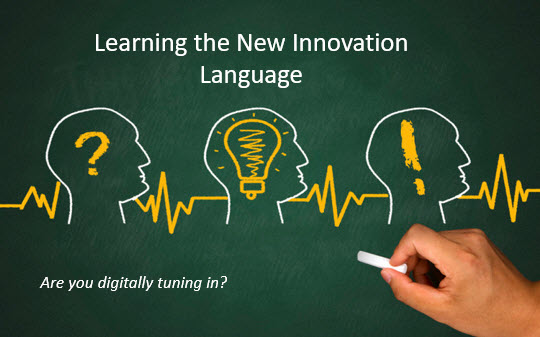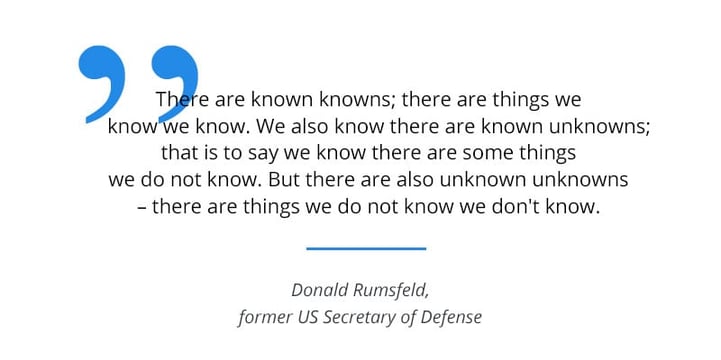 A couple of weeks ago I was invited to the Siemens Innovation Day. I really appreciated it, yet it took me time to absorb all that was provided, over these past two weeks.
A couple of weeks ago I was invited to the Siemens Innovation Day. I really appreciated it, yet it took me time to absorb all that was provided, over these past two weeks.
One outcome is this post. I am grateful to have had the time to translate this in my mind. We all move on far too quickly and not have the time to sufficiently reflect, and that can be a huge mistake.
The day before the main event I was included in the Industry Analysts visit to the Siemens Technology Center, at Neuperlach in Munich. We were provided a variety of insights in different presentations and demonstrations, of the technology they are working upon.
The time spent in the Siemens Technology Centre was far too short, in getting the depth I would have liked. Yet, by accessing and re-evaluating all the presentations I have collected over the recent years, I pieced much of it together, into the clarity that I wanted, well actually needed, to understand where Siemens was positioned and going.
I came away from my visit to Siemens greatly impressed, now I am busy filling in the blanks.
The opportunity to attend has certainly triggered a lot of thoughts and connected me into Siemens, a whole lot more. They do seem to be are on a good path for growth but to make it a path that fully connects to exploit all the opportunities it can explore, Siemens needs to exploit Ecosystem thinking a little more. Surprisingly, I felt they lacked a more holistic view of innovation; a clear innovation process, and dedicated focus on this, which is required. Innovation is certainly central to the future of Siemens but it seems to me not to have the core positioning it should have.
Often you come across a dominating mindset of engineers, scientists, and technicians, who often have the mistaken view that they know innovation well when actually they only have a terrific depth on a given subject, not the breadth or broader comprehension. This comprehension is often missing by not having both fully connected and available, or consciously built in.
If you take a more holistic view of the all the connected parts of innovation that value-add, built on customer need, etc., that a structured innovation process offers, the result is more than likely to be more radical in final design and end-result. More radical in design and outcome The whole process to capture and translate options, to minimise the gaps, and leverage the critical opportunities, fully needs a system, a connected system.
I can’t prove it, in a very limited visit I had at Siemens but I certainly felt, they might value a more detailed review of their innovation environment, some more, it might potentially benefit them. Continue reading “Creating the Industrial Ecosystem”
 We all in the middle of a re-orientation of our ways to undertake innovation as a process and in its design.
We all in the middle of a re-orientation of our ways to undertake innovation as a process and in its design.






